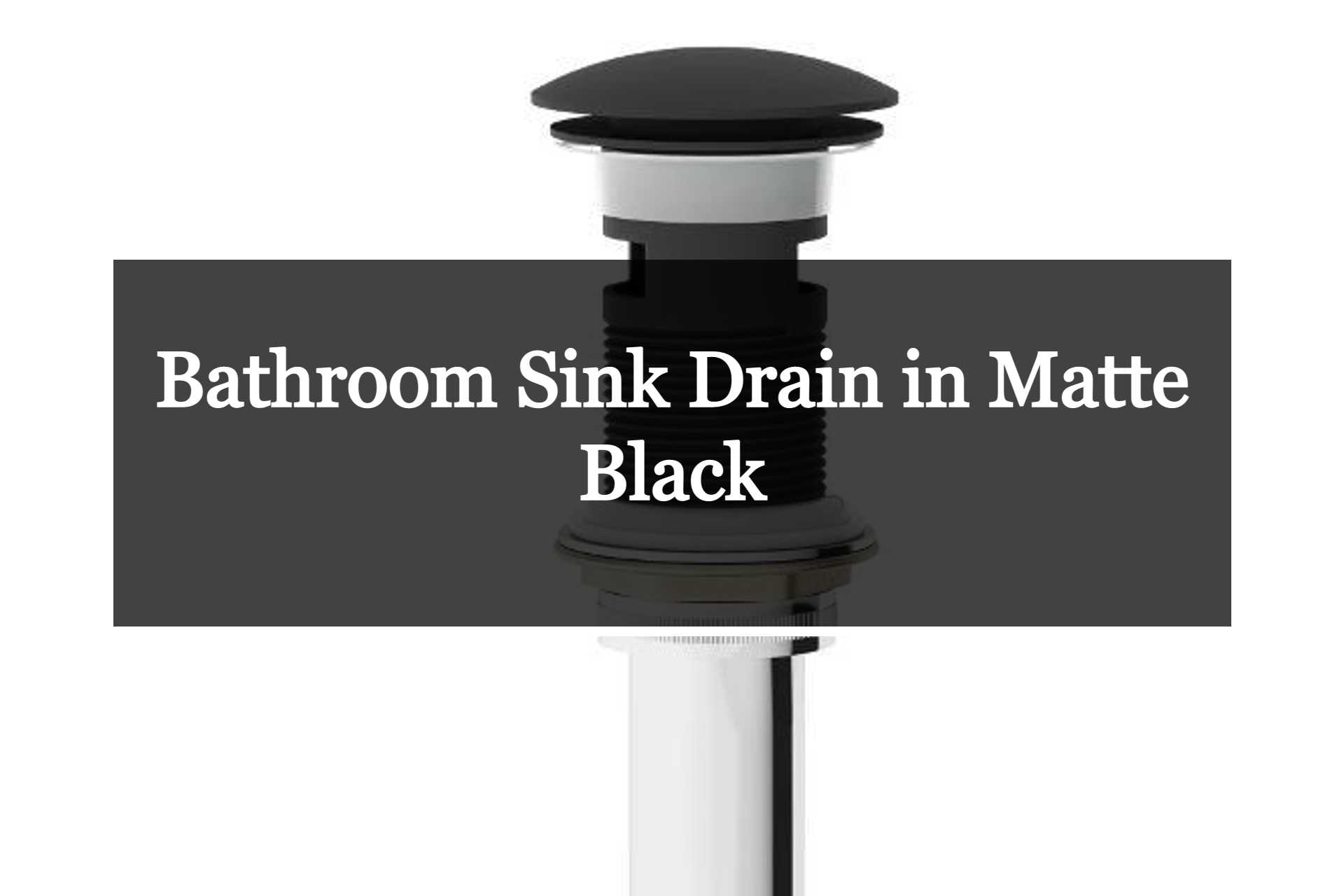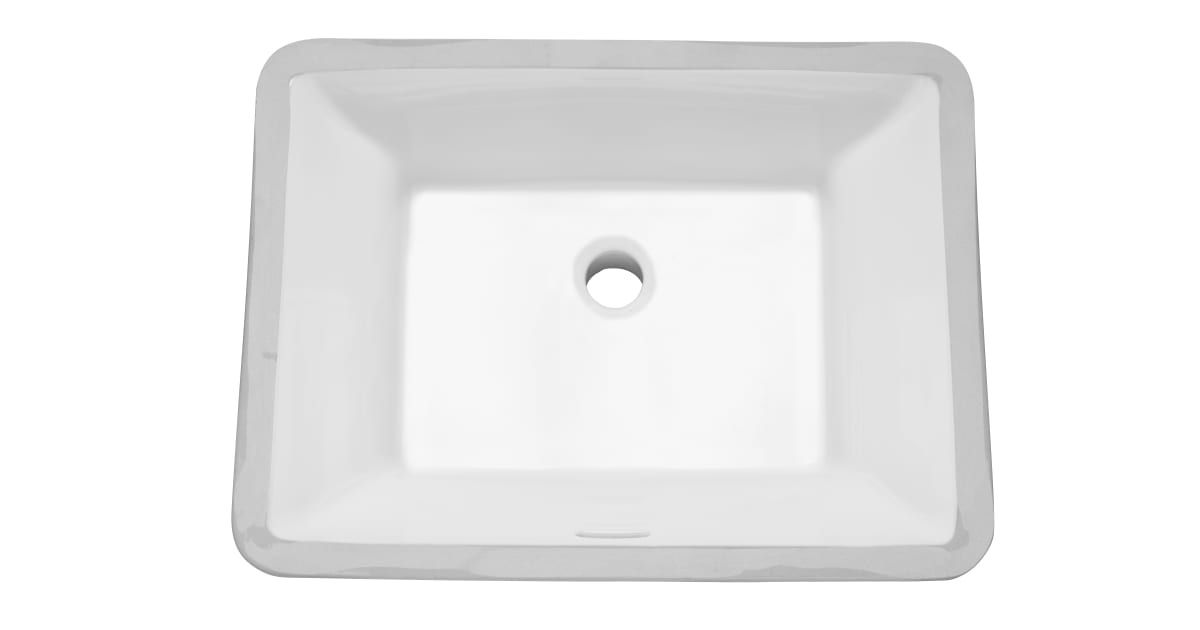A clogged bathroom sink can be a major inconvenience, causing water to back up and making it difficult to use the sink for daily tasks. If you're dealing with a clogged bathroom sink, don't panic. There are several DIY methods that can help you clear the clog and get your sink draining properly again. In this article, we'll go over the common causes of a clogged bathroom sink and the best ways to unclog it. How to Unclog a Bathroom Sink
Before calling a plumber, try these DIY methods to unclog your bathroom sink. These simple solutions can save you time and money, and they may be all you need to get your sink working again. DIY Methods for Unclogging a Bathroom Sink
Understanding the common causes of a clogged bathroom sink can help you prevent future clogs. Hair, soap scum, and toothpaste are the most common culprits, but other items like jewelry or small toys can also cause blockages. Knowing what causes clogs can help you take preventative measures to keep your sink drain clear. Common Causes of a Clogged Bathroom Sink
A plunger is a simple tool that can effectively unclog a bathroom sink. To use a plunger, fill the sink with enough water to cover the bottom of the plunger. Place the plunger over the drain and push and pull in a rapid motion. The suction created by the plunger can dislodge the clog and allow water to flow freely again. Using a Plunger to Unclog a Bathroom Sink
If the plunger doesn't work, you can try using a drain snake to remove the clog. A drain snake is a long, flexible tool with a hook at the end that can grab onto hair and debris. Insert the snake into the drain and twist it while pushing it further down. When you feel resistance, pull the snake out and remove any debris caught on the hook. Repeat this process until the water begins to drain freely. Using a Drain Snake to Unclog a Bathroom Sink
If you prefer to use natural solutions, there are a few options for unclogging a bathroom sink. Pouring a mixture of hot water and baking soda down the drain can help break up clogs, while a combination of vinegar and baking soda can create a foaming reaction that can help dislodge stubborn clogs. You can also try using a mixture of equal parts salt, baking soda, and vinegar, followed by hot water. Natural Remedies for a Clogged Bathroom Sink
If the above methods don't work, it may be time to call in a professional plumber. They have the tools and expertise to remove even the toughest clogs and get your sink draining properly again. They can also identify and fix any underlying issues that may be causing frequent clogs in your bathroom sink. Professional Plumbing Services for a Clogged Bathroom Sink
To avoid future clogs in your bathroom sink, try to prevent debris from going down the drain. Use a drain stopper to catch hair and other items, and regularly clean the stopper to ensure it doesn't become clogged itself. You can also use a hair catcher in your drain to prevent hair from going down the pipes. Preventing Clogs in Your Bathroom Sink
If you've tried all of the above methods and your bathroom sink is still clogged, there may be a more serious issue at hand. It's possible that the clog is further down in the pipes, or that there is a problem with the plumbing system. In this case, it's best to call a professional plumber to diagnose and fix the issue. Troubleshooting a Stubbornly Clogged Bathroom Sink
To keep your bathroom sink drain clear and prevent future clogs, it's important to perform regular maintenance. This includes cleaning the drain and stopper regularly, using a hair catcher, and avoiding putting anything other than water, soap, and toothpaste down the drain. Taking these simple steps can help you avoid the frustration and inconvenience of a clogged bathroom sink. How to Maintain a Clear Bathroom Sink Drain
Troubleshooting a Clogged Bathroom Sink: Common Causes and Solutions

Introduction
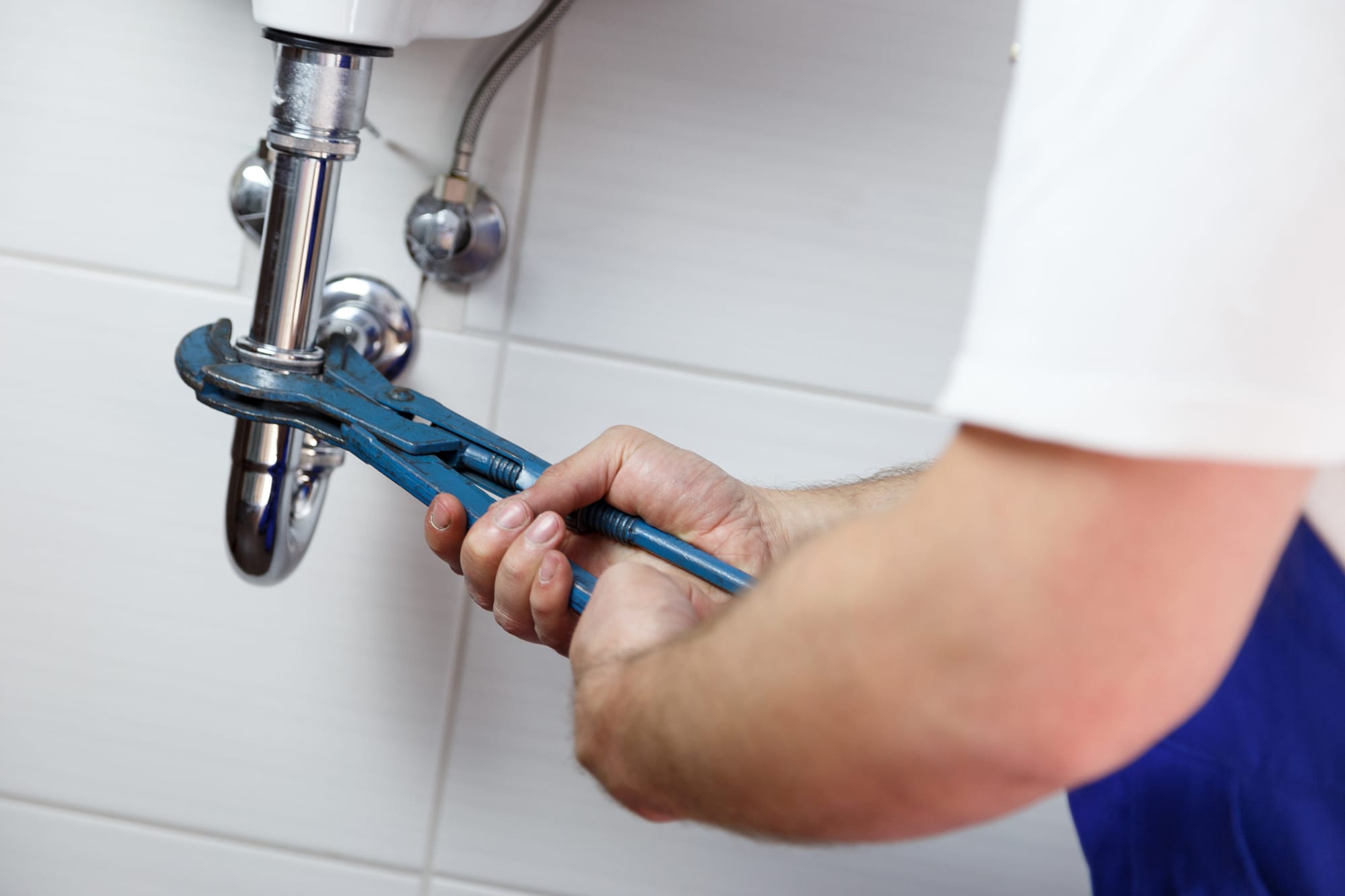 A clogged
bathroom sink
can be a frustrating and inconvenient issue to deal with in your home. Not only does it disrupt your daily routine, but it can also lead to unpleasant odors and potential water damage if left untreated. In this article, we will discuss the common causes of a clogged bathroom sink and provide professional tips on how to effectively
unclog
it.
A clogged
bathroom sink
can be a frustrating and inconvenient issue to deal with in your home. Not only does it disrupt your daily routine, but it can also lead to unpleasant odors and potential water damage if left untreated. In this article, we will discuss the common causes of a clogged bathroom sink and provide professional tips on how to effectively
unclog
it.
Common Causes of a Clogged Bathroom Sink
 There are several reasons why your bathroom sink may become clogged. One of the most common culprits is hair buildup. Over time, hair can accumulate in the
drain
and create a blockage, especially if you have long or thick hair. Other common causes include soap scum, toothpaste residue, and foreign objects accidentally falling into the
drain
.
There are several reasons why your bathroom sink may become clogged. One of the most common culprits is hair buildup. Over time, hair can accumulate in the
drain
and create a blockage, especially if you have long or thick hair. Other common causes include soap scum, toothpaste residue, and foreign objects accidentally falling into the
drain
.
Solutions for Unclogging a Bathroom Sink
 Fortunately, there are several solutions for
unclogging
a bathroom sink that you can try before calling a plumber. The first step is to remove the
drain
stopper and check for any visible blockages. If you see hair or debris, you can use a pair of tweezers or a
drain
snake to remove it. You can also try pouring boiling water down the
drain
to dissolve any built-up soap scum.
If these methods do not work, you can try using a combination of baking soda and vinegar. Mix equal parts of both ingredients and pour the mixture down the
drain
. Let it sit for about 15 minutes, then pour boiling water down the
drain
to flush out the blockage. This natural solution is often effective in breaking down clogs and preventing future ones from occurring.
Fortunately, there are several solutions for
unclogging
a bathroom sink that you can try before calling a plumber. The first step is to remove the
drain
stopper and check for any visible blockages. If you see hair or debris, you can use a pair of tweezers or a
drain
snake to remove it. You can also try pouring boiling water down the
drain
to dissolve any built-up soap scum.
If these methods do not work, you can try using a combination of baking soda and vinegar. Mix equal parts of both ingredients and pour the mixture down the
drain
. Let it sit for about 15 minutes, then pour boiling water down the
drain
to flush out the blockage. This natural solution is often effective in breaking down clogs and preventing future ones from occurring.
Preventing Clogged Bathroom Sinks
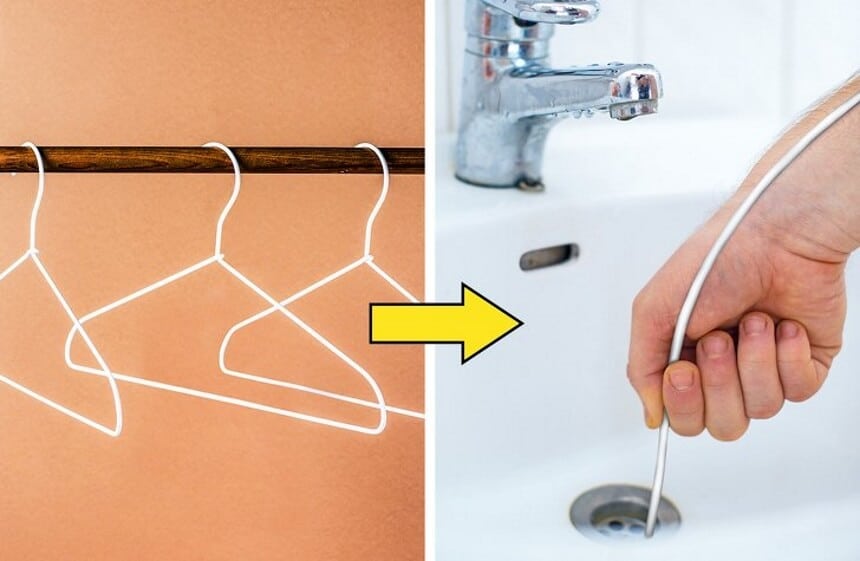 To avoid dealing with a clogged bathroom sink in the future, there are a few simple steps you can take. First, use a
drain
stopper to catch hair and other debris before it enters the
drain
. You can also use a mesh screen over the
drain
to catch any small objects that may accidentally fall in. Regularly cleaning your
drain
stopper and
drain
with a mixture of baking soda and vinegar can also help prevent clogs.
In conclusion, a clogged bathroom sink is a common issue that can be easily resolved with the right techniques. By understanding the common causes and implementing preventive measures, you can keep your
bathroom sink
running smoothly and avoid future clogs. If these methods do not work, it may be time to call a professional plumber for assistance.
To avoid dealing with a clogged bathroom sink in the future, there are a few simple steps you can take. First, use a
drain
stopper to catch hair and other debris before it enters the
drain
. You can also use a mesh screen over the
drain
to catch any small objects that may accidentally fall in. Regularly cleaning your
drain
stopper and
drain
with a mixture of baking soda and vinegar can also help prevent clogs.
In conclusion, a clogged bathroom sink is a common issue that can be easily resolved with the right techniques. By understanding the common causes and implementing preventive measures, you can keep your
bathroom sink
running smoothly and avoid future clogs. If these methods do not work, it may be time to call a professional plumber for assistance.





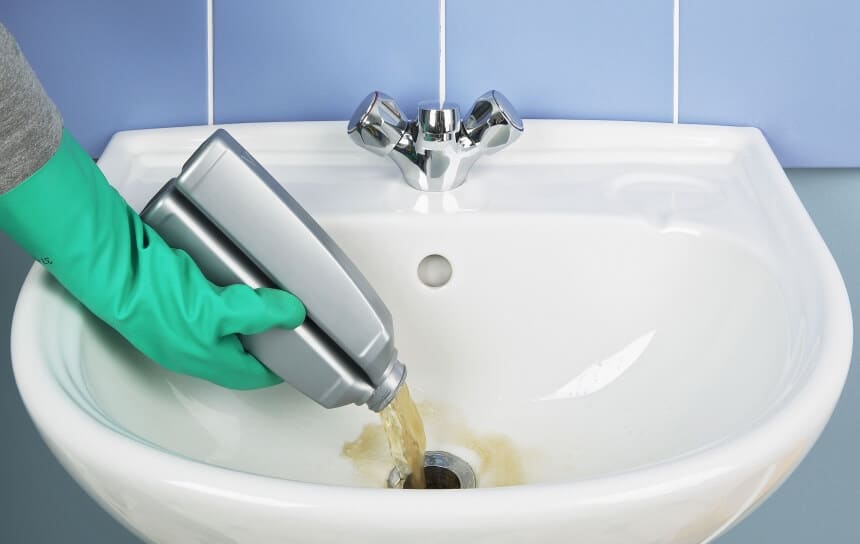

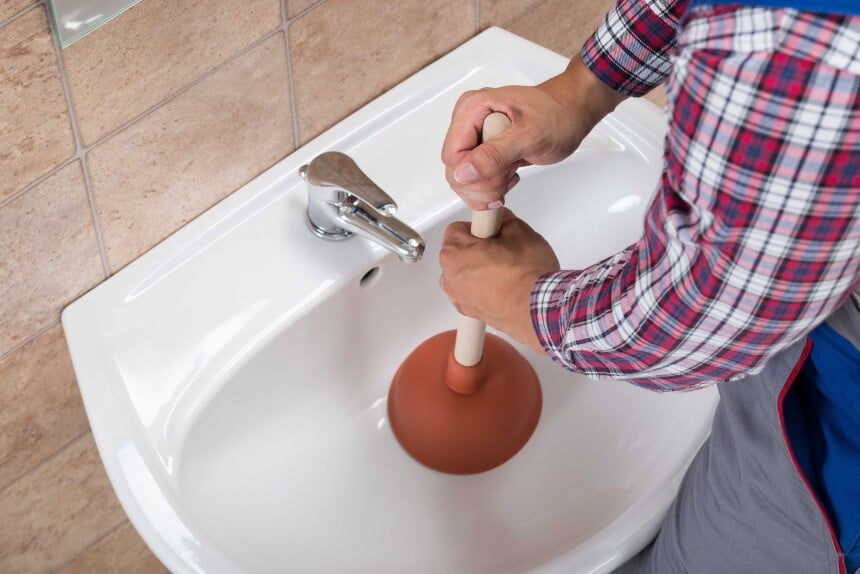
















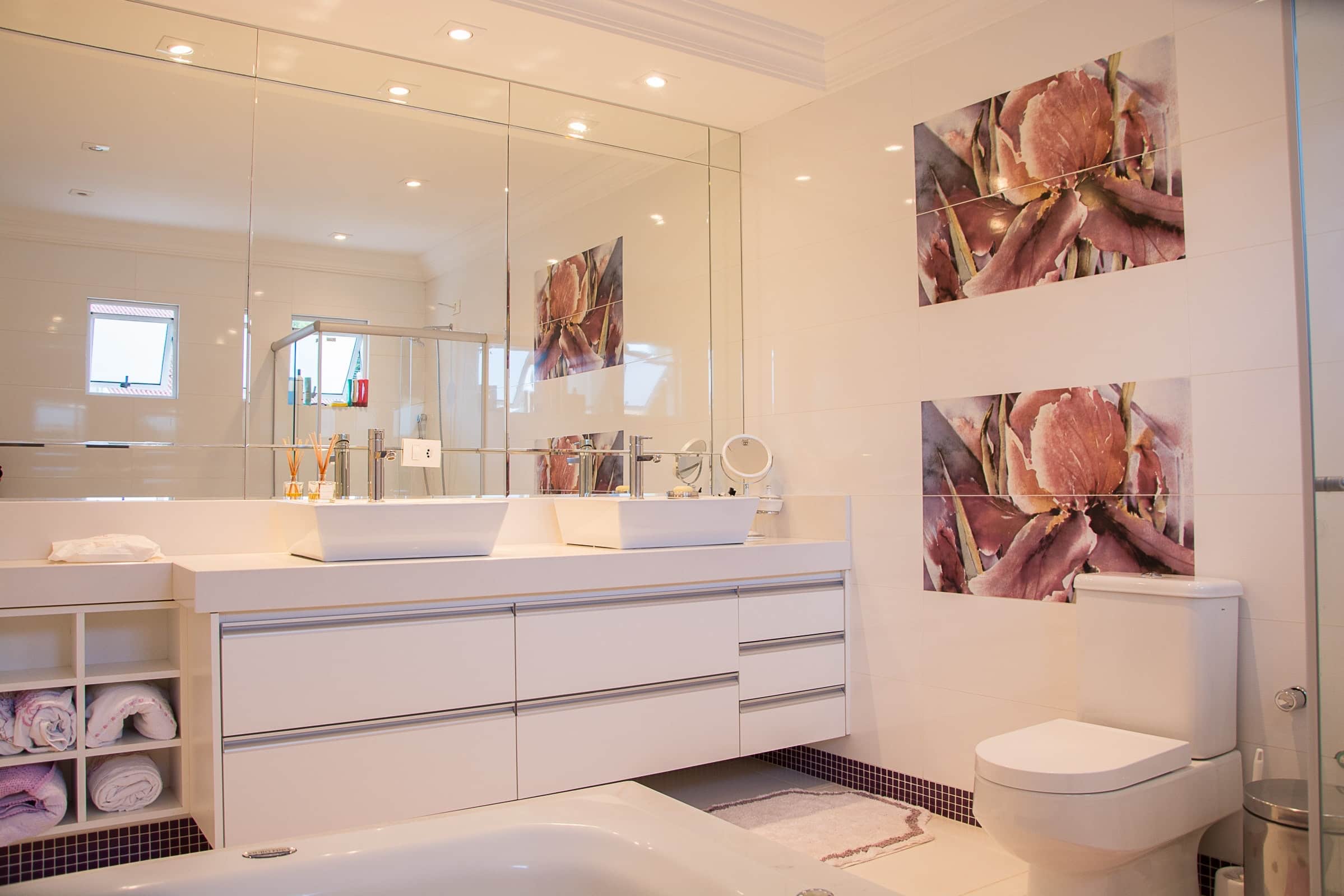






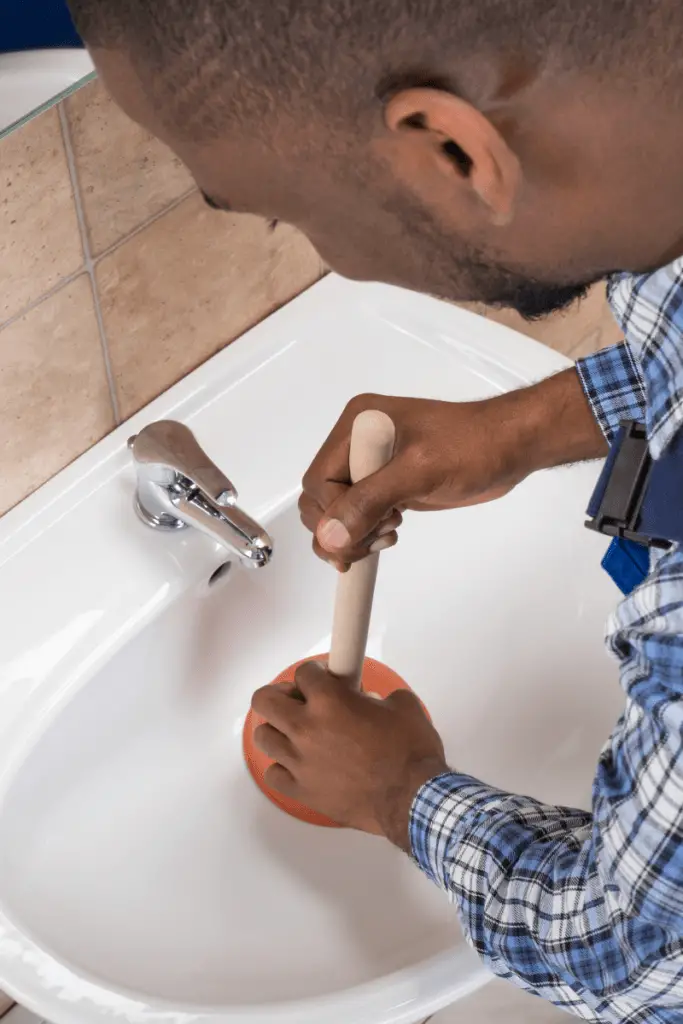
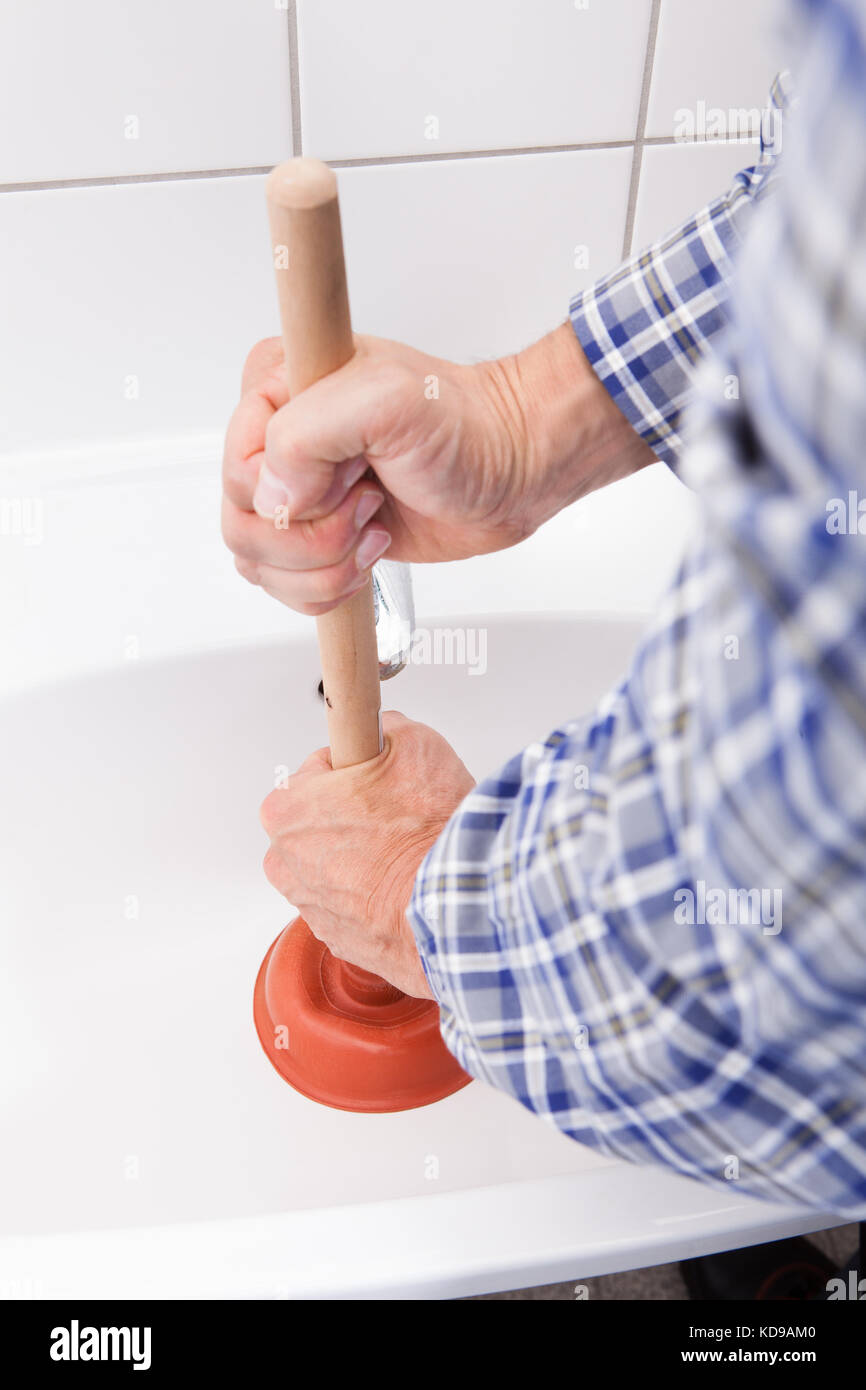

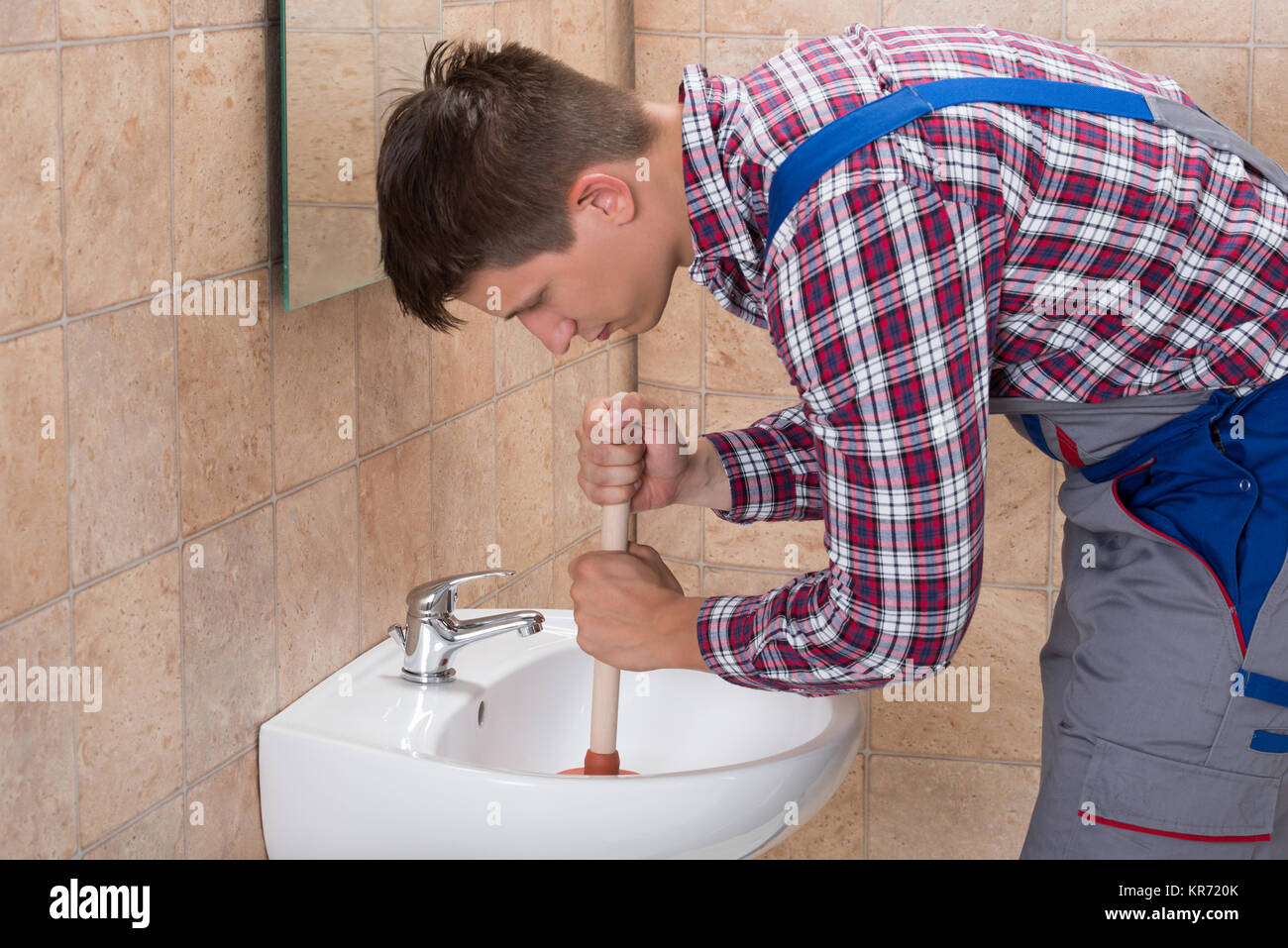

:max_bytes(150000):strip_icc()/freshen-and-unclog-drain-with-baking-soda-1900466-22-bbf940b70afa4d5abef0c54da23b1d3f.jpg)
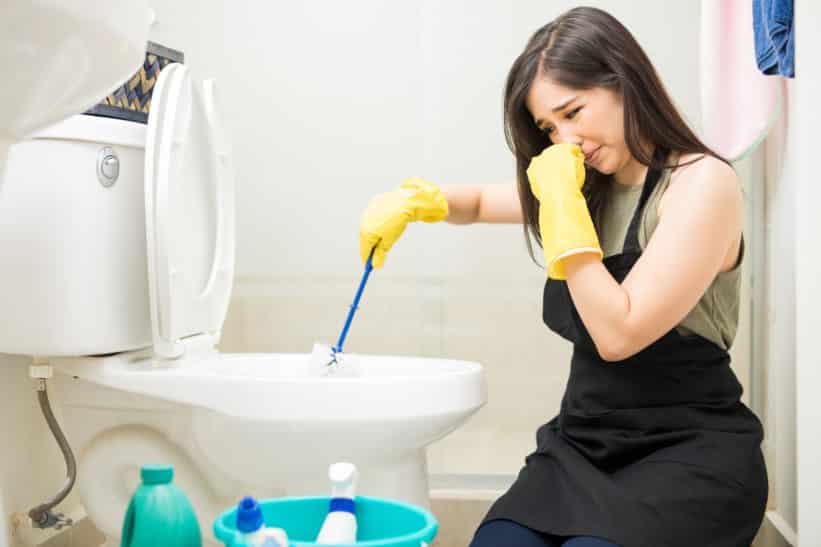
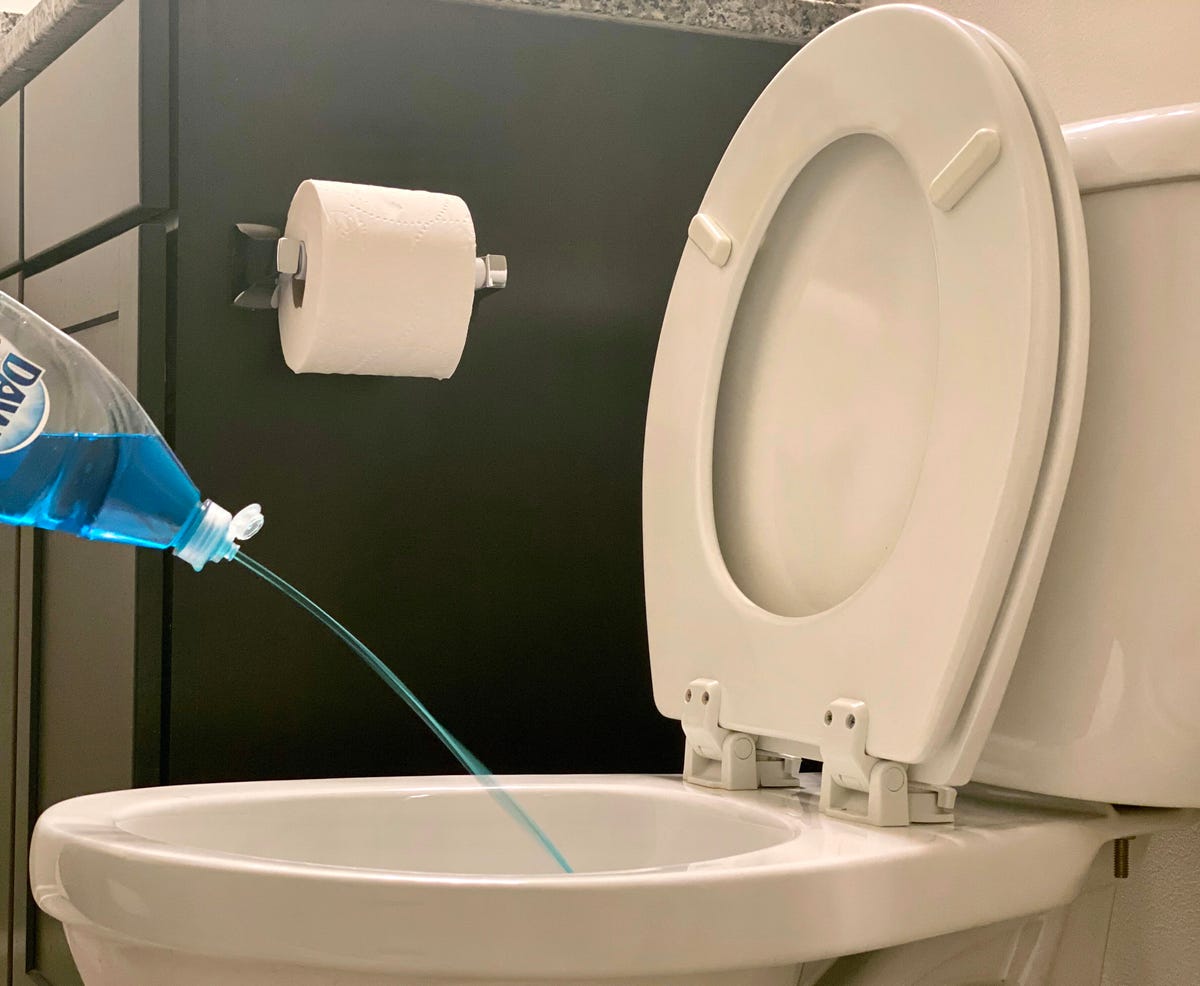



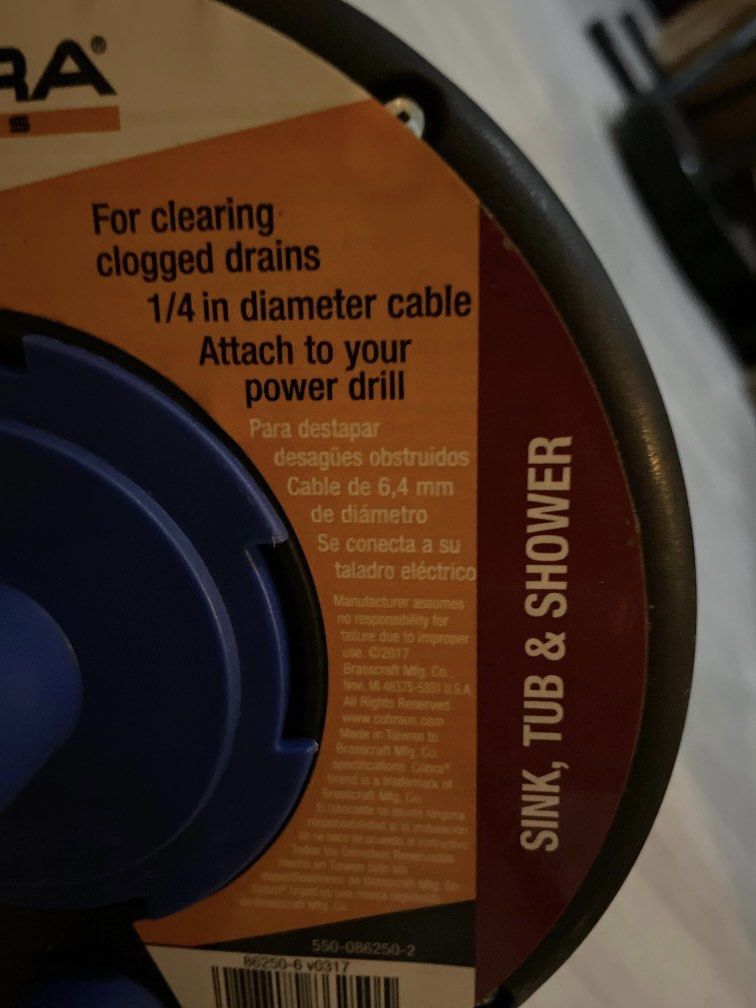

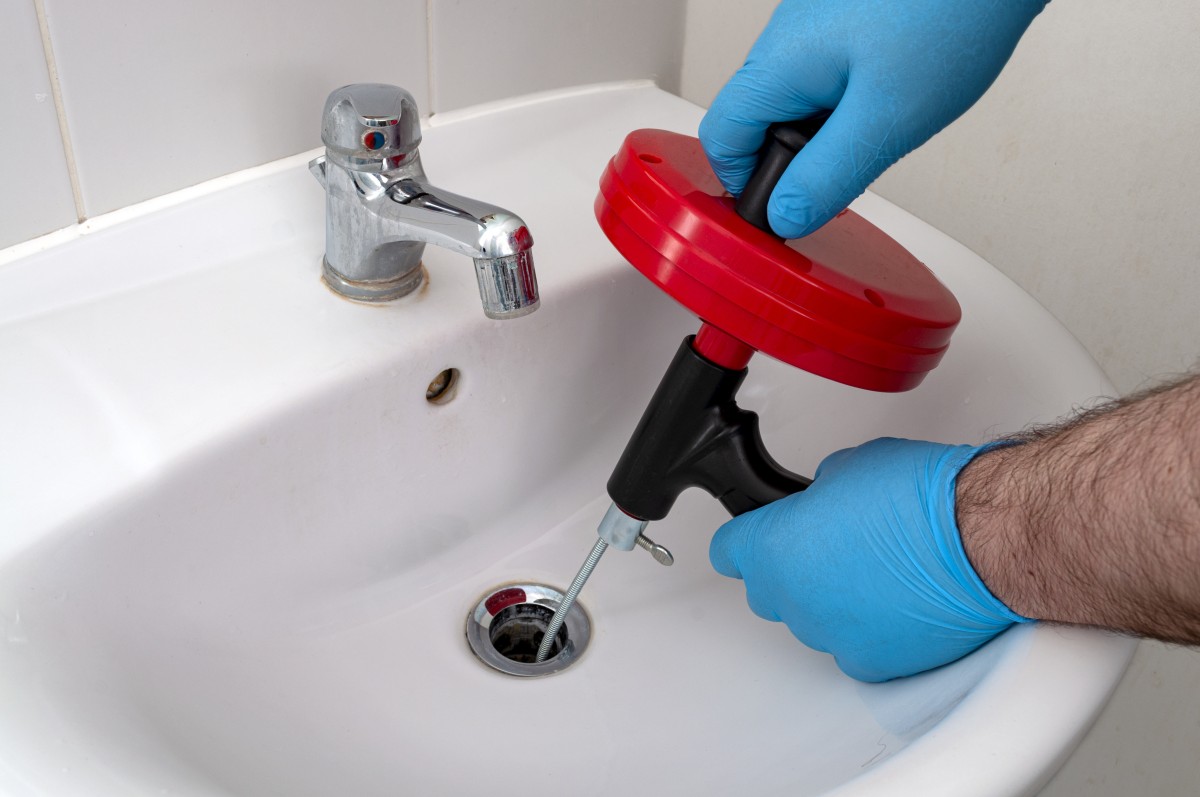
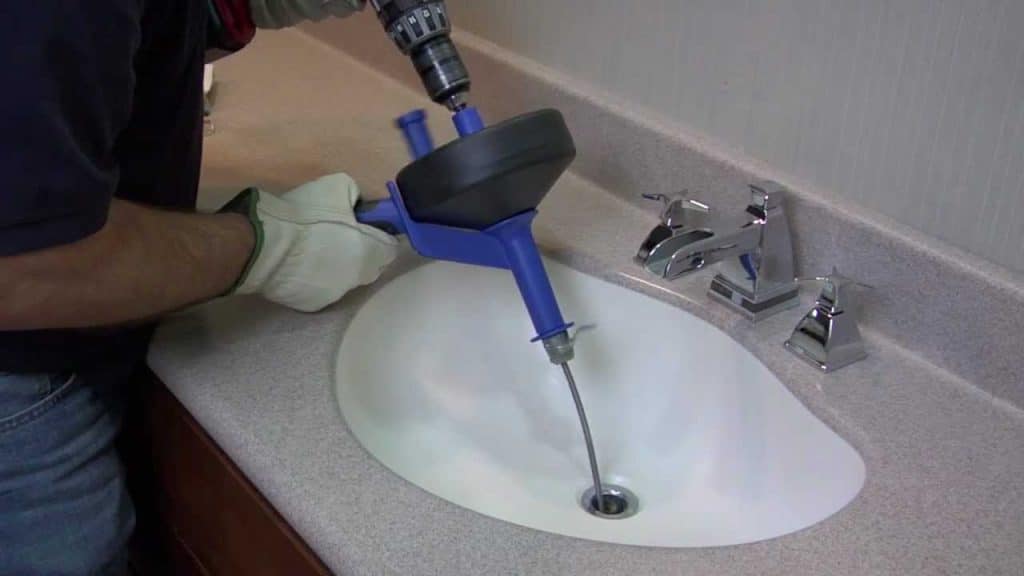

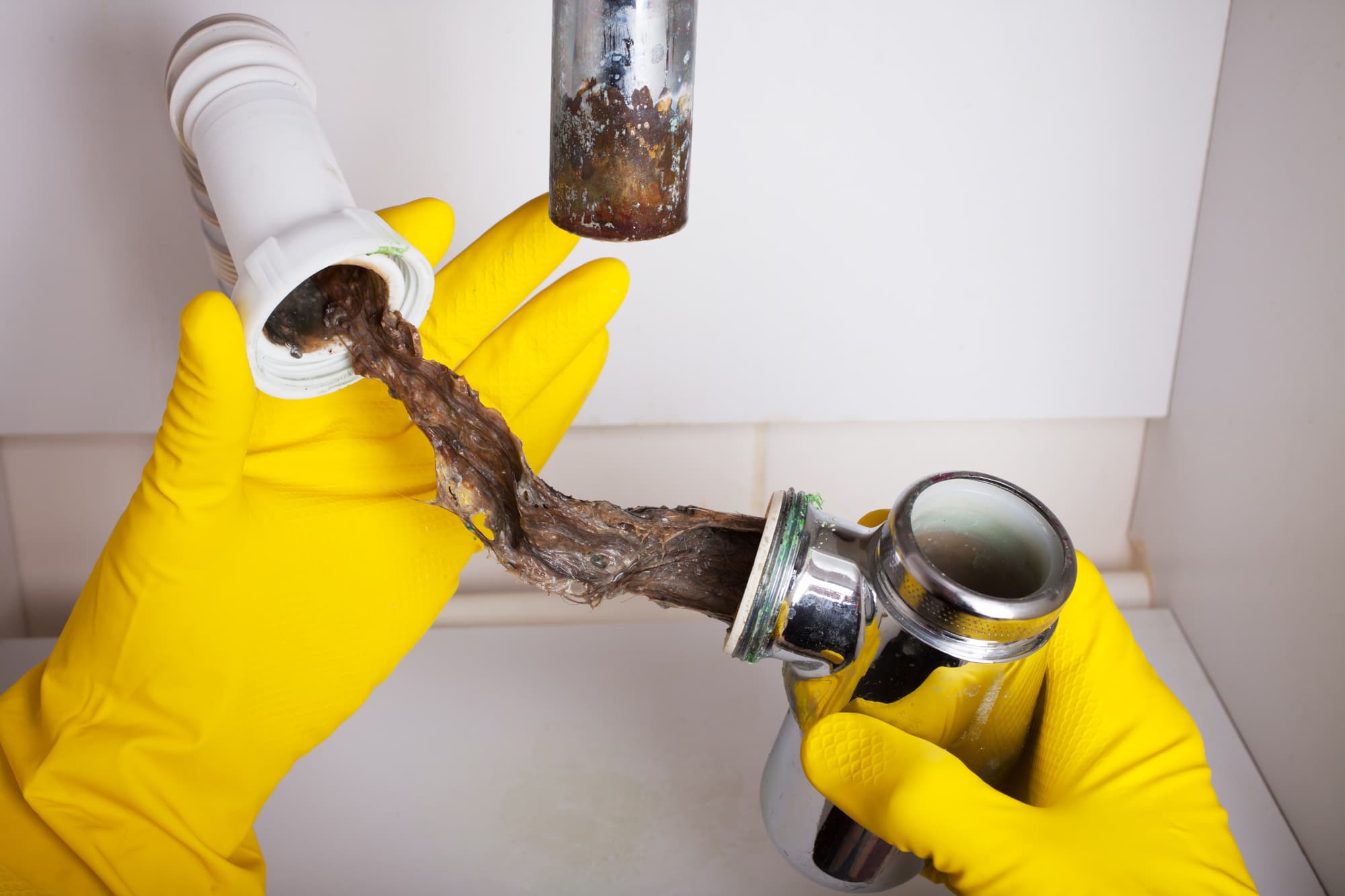
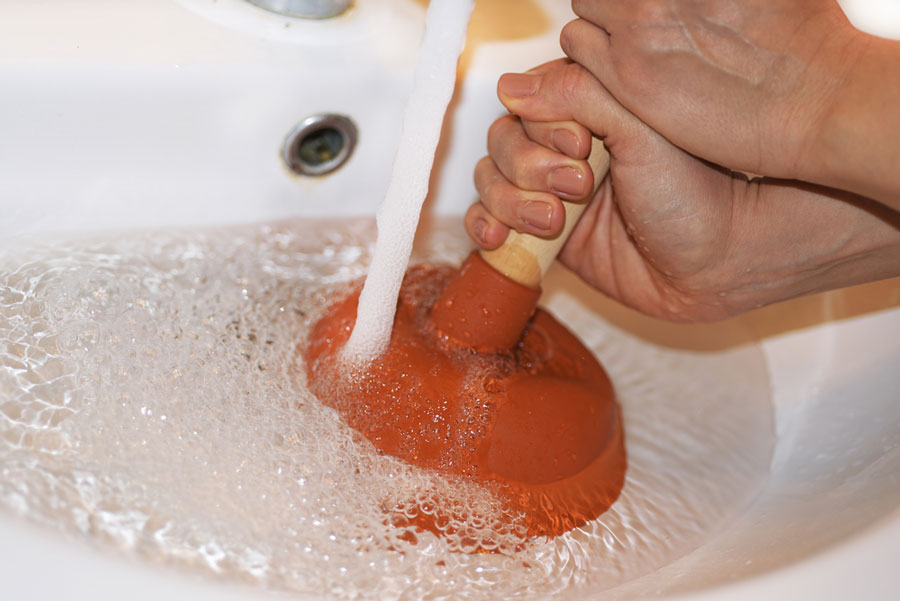

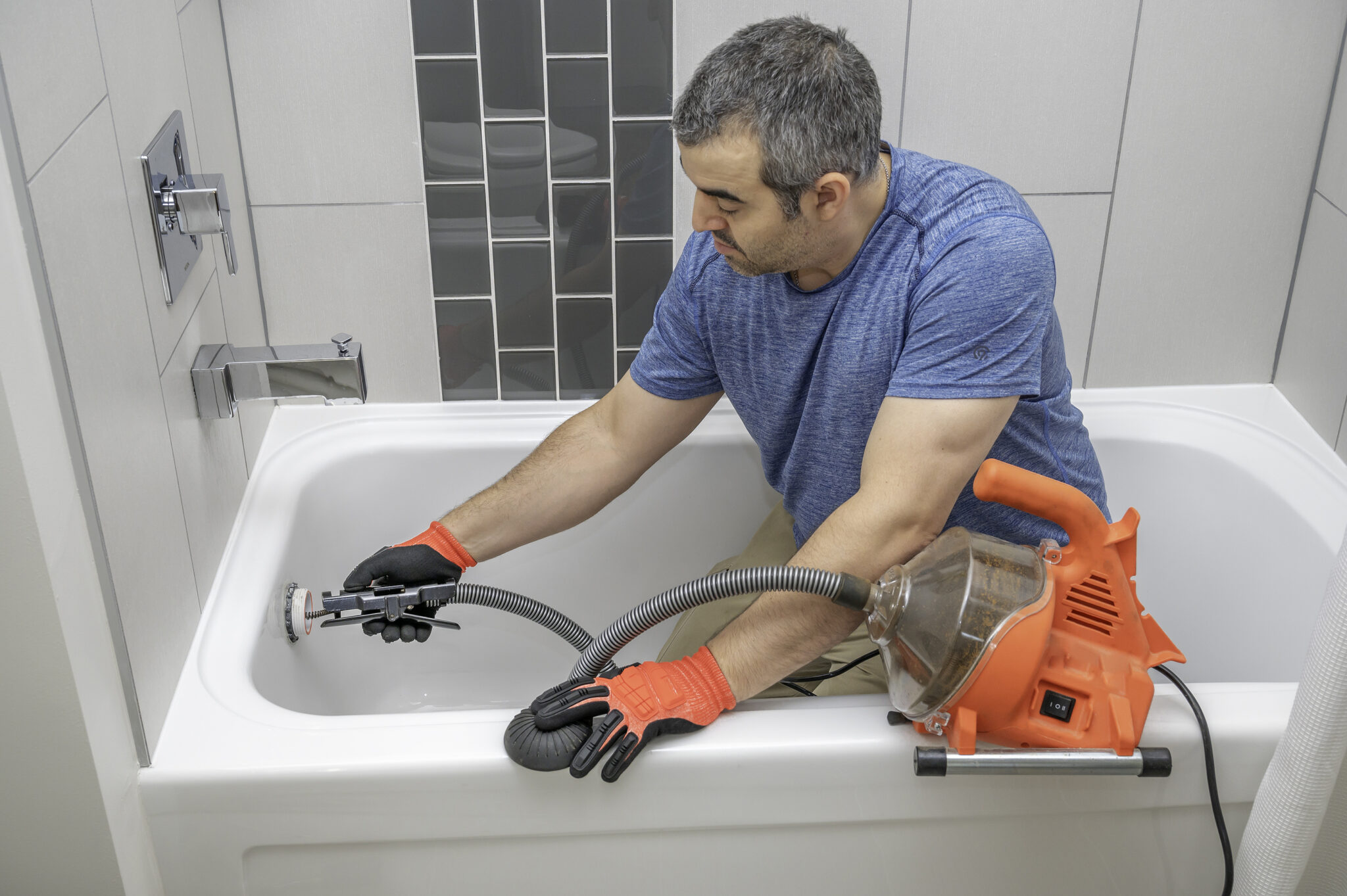











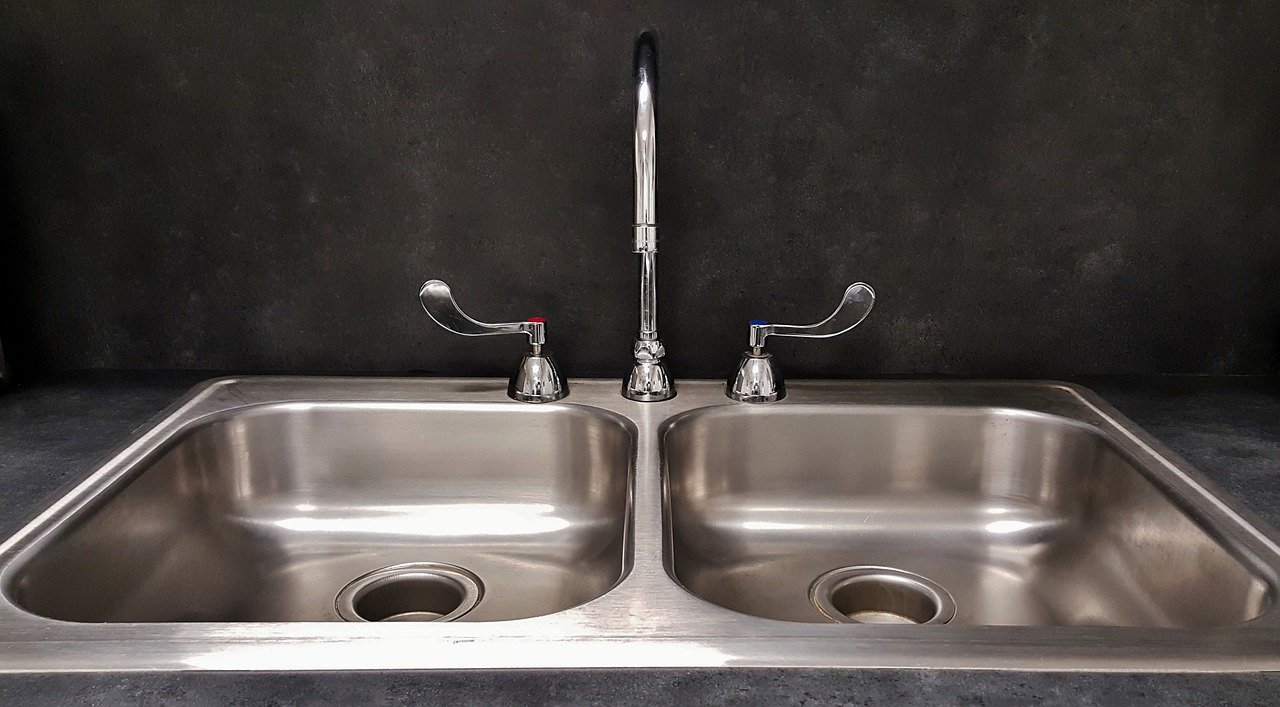



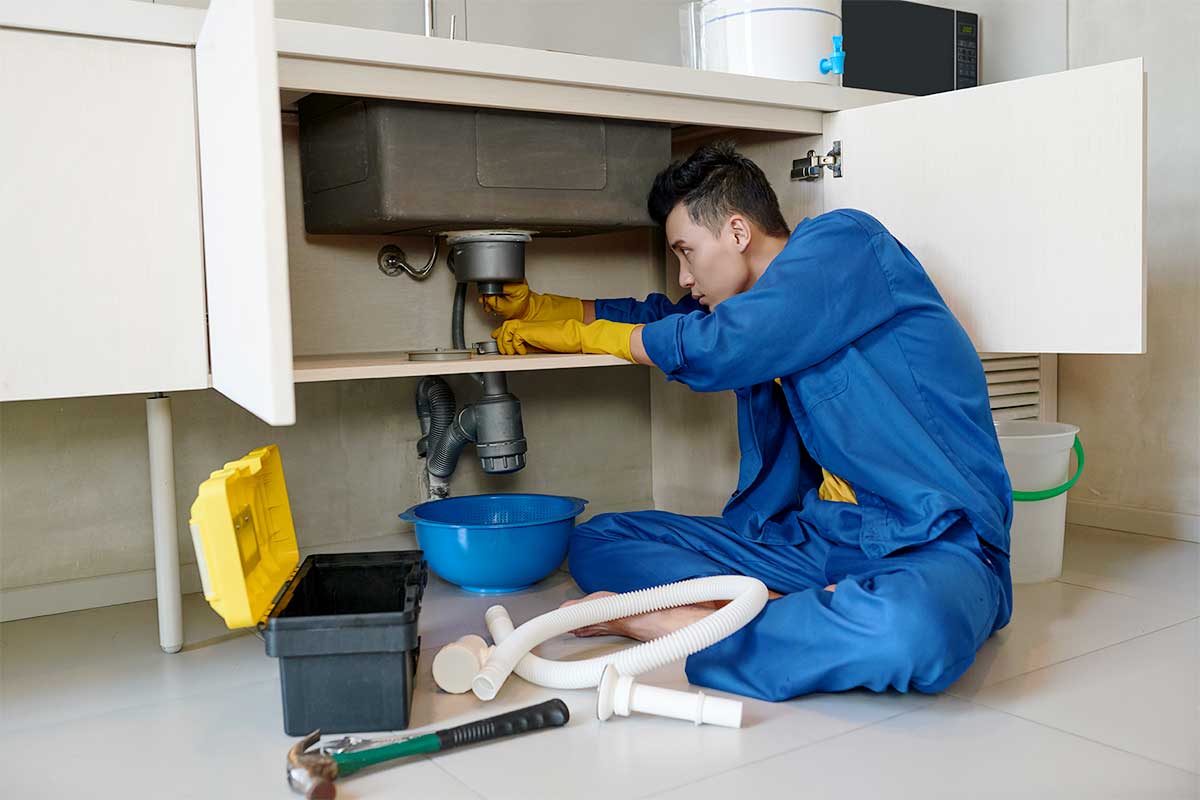

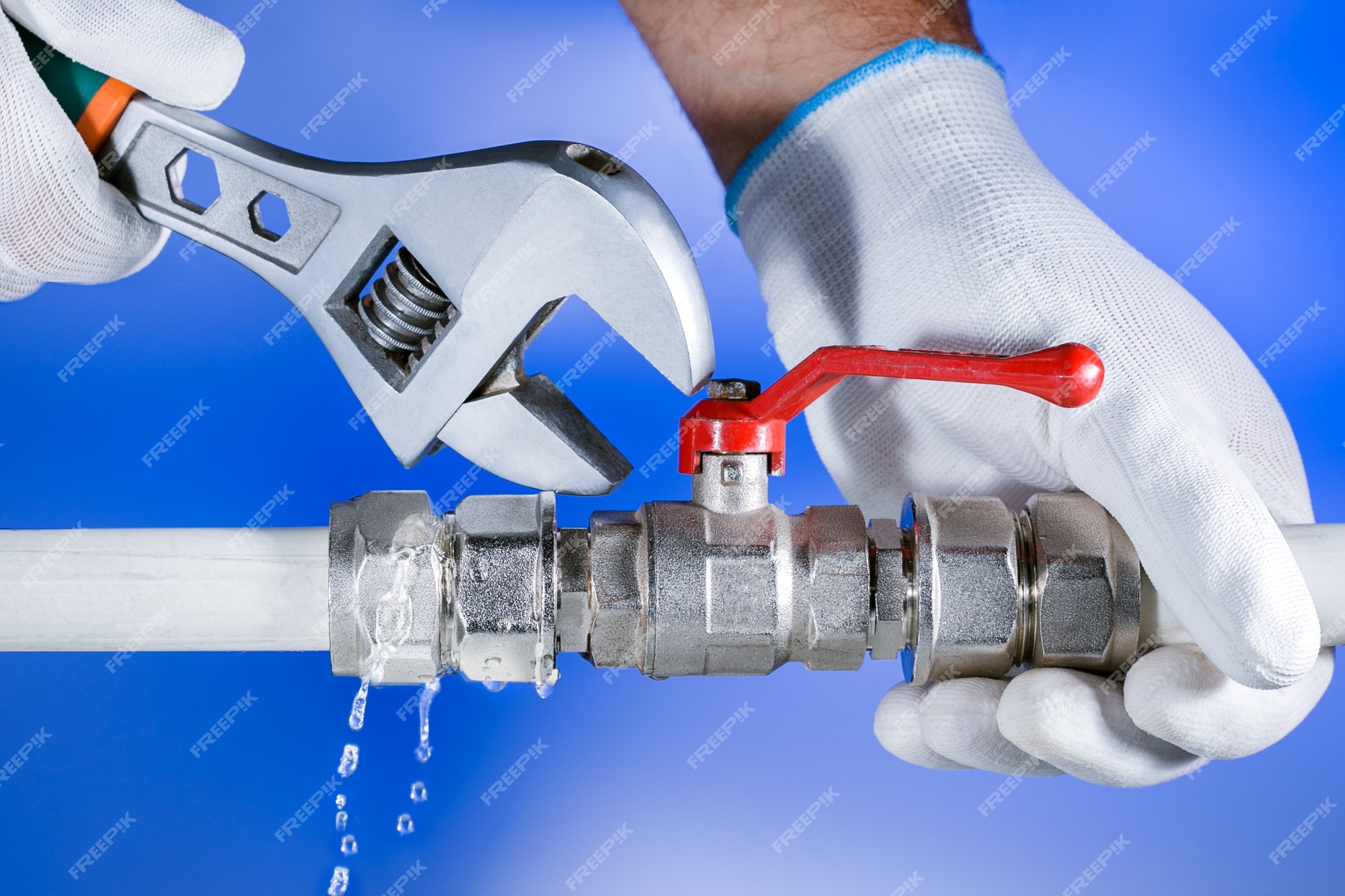




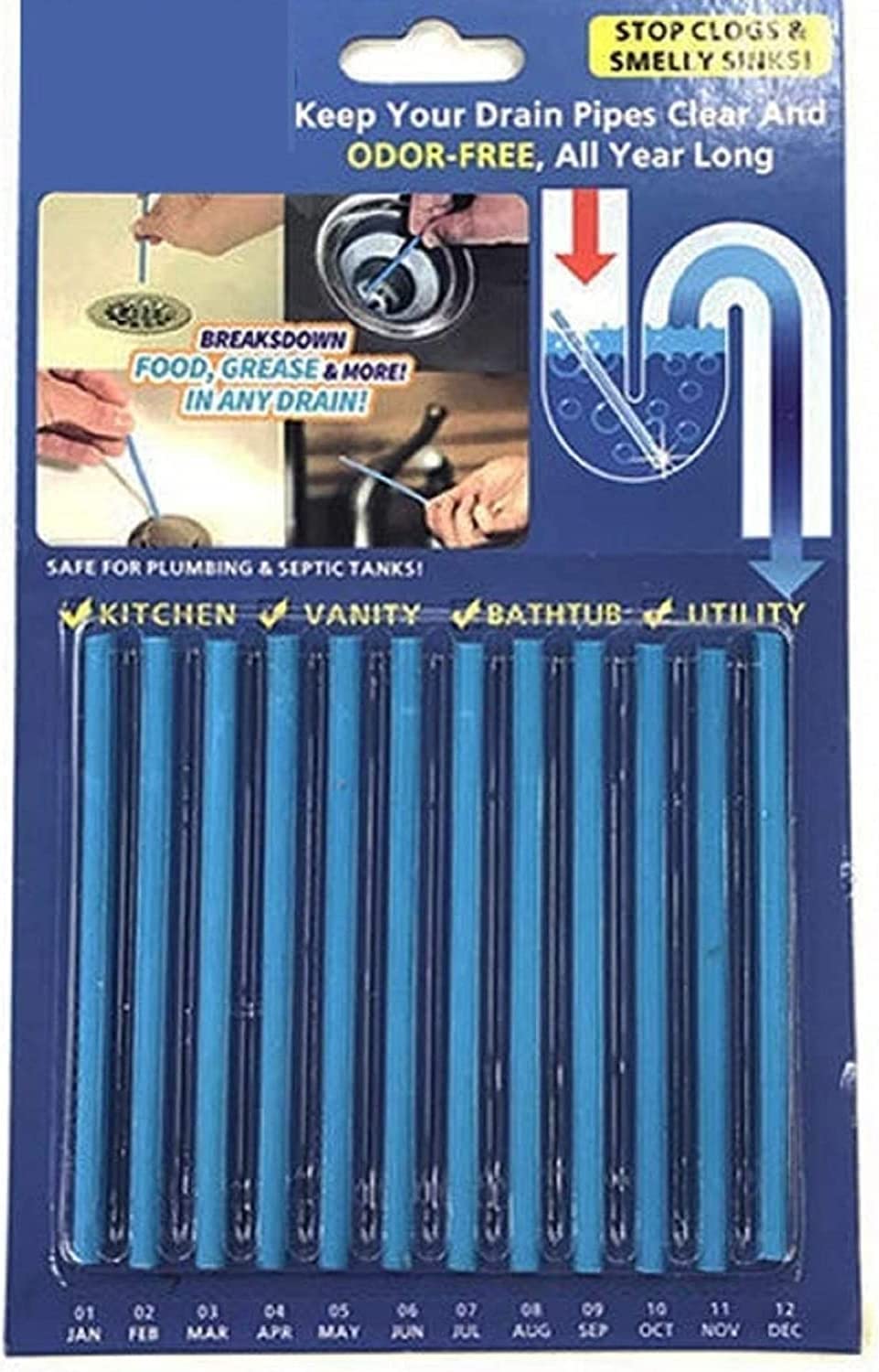

/HouseofChais-958bd71c530d4a30a9f13de113c6a7a4.jpg)

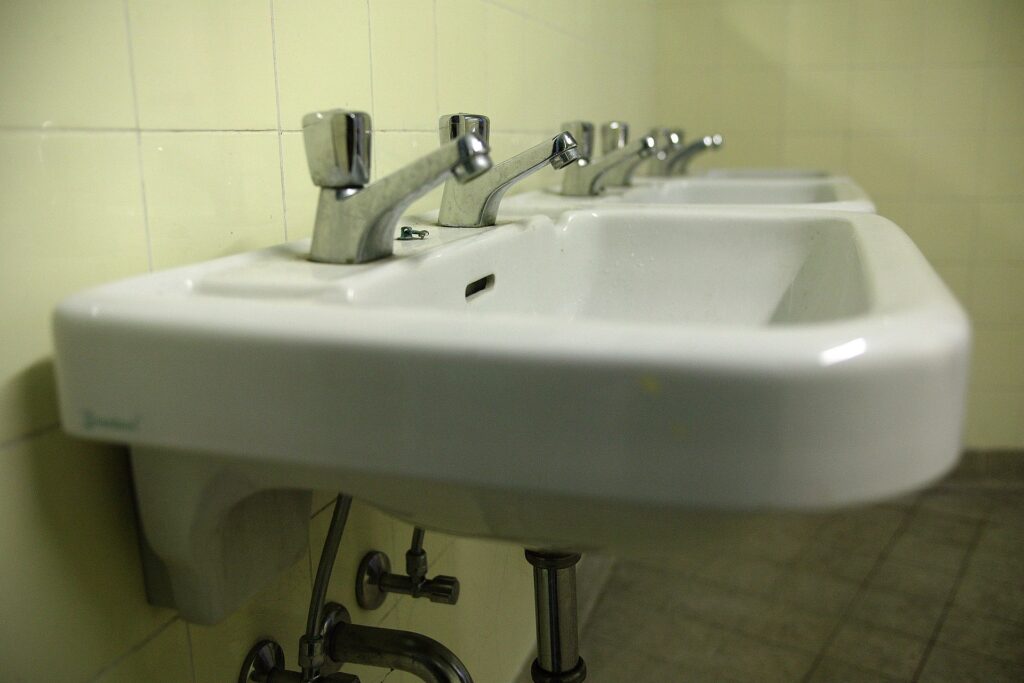












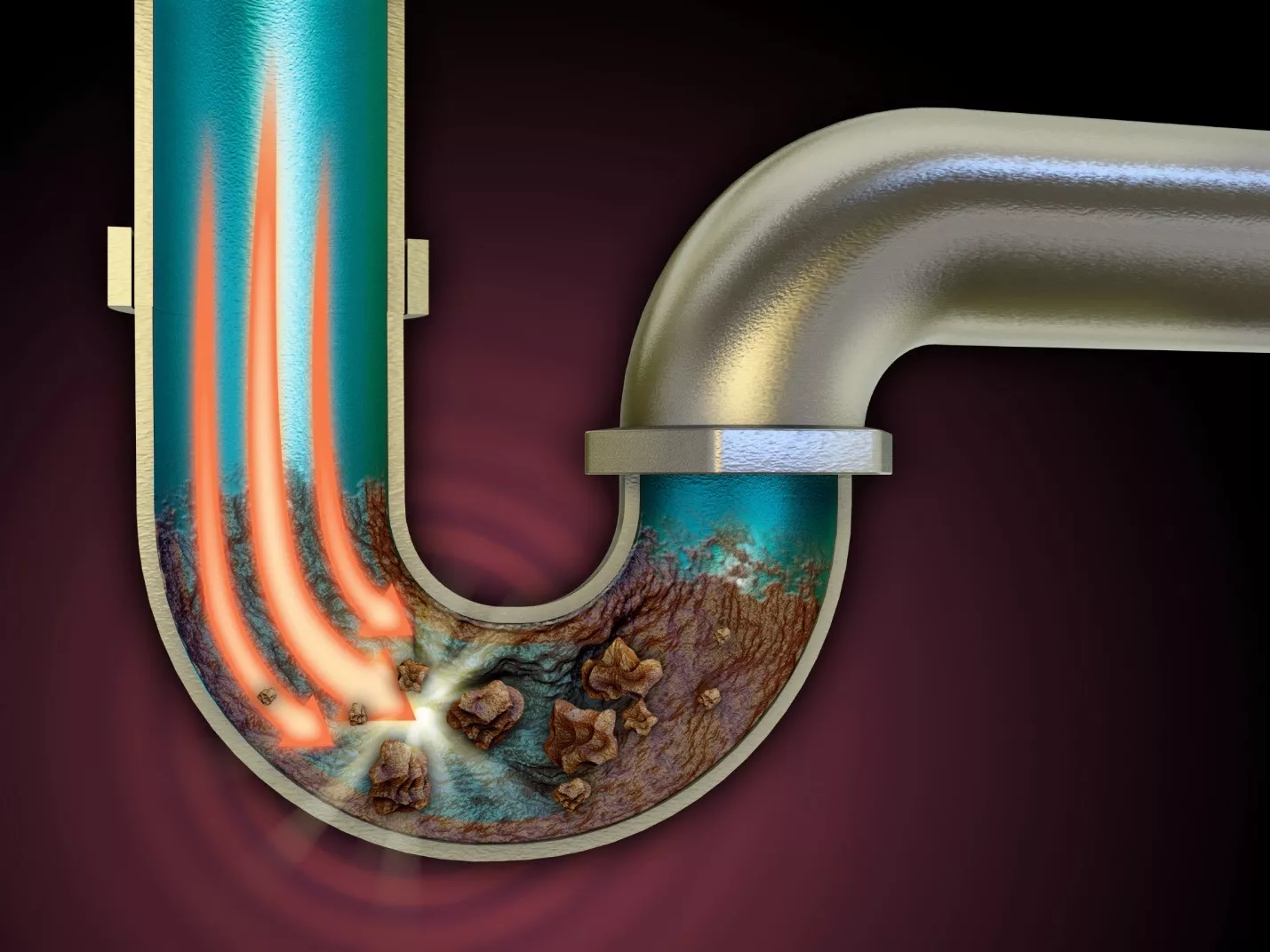








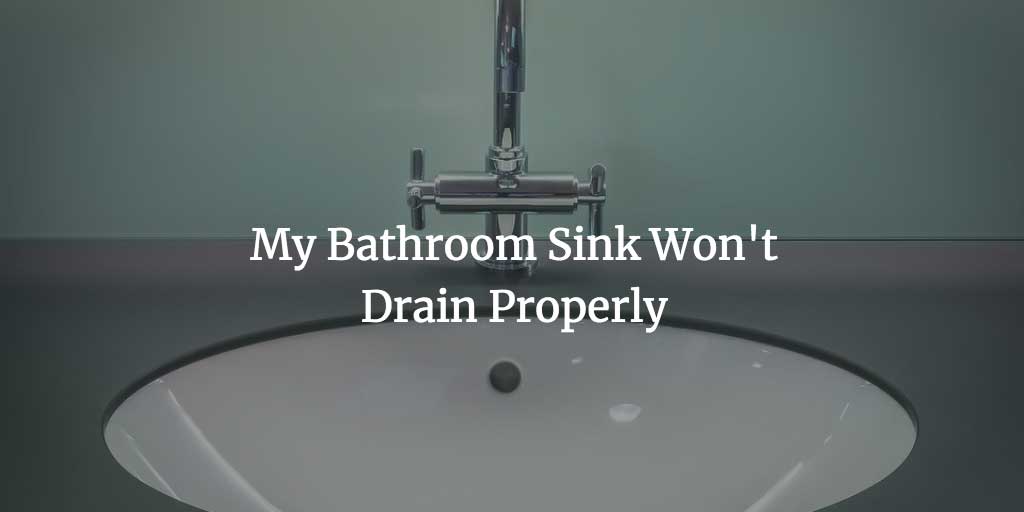
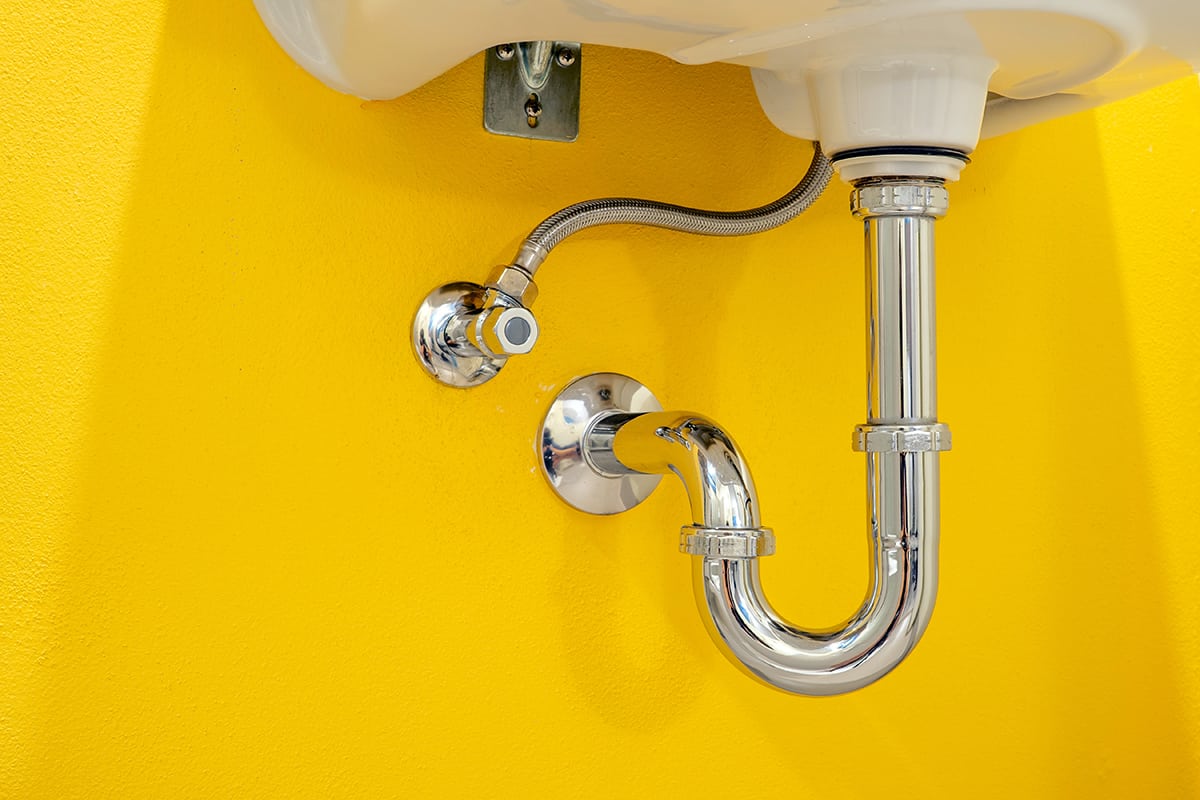

:max_bytes(150000):strip_icc()/bathroom-sink-drain-installation-2718843-02-61e5ecbee1e949be8d8f45ac4f5a6797.jpg)

